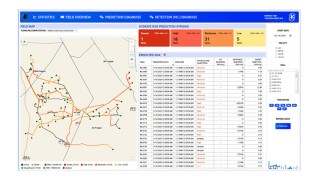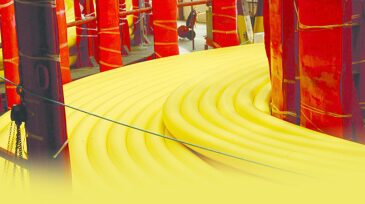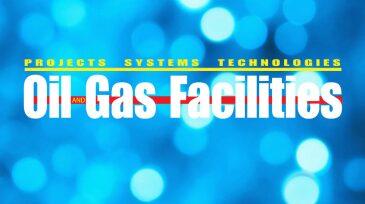Enhanced recovery
Entrepreneurial mindsets with the motivation to explore new materials, not limited to focusing on traditional hydrocarbon gas, CO2, and chemicals such as polymer and surfactant, are becoming more important for broadening prospects beyond the conventional EOR scene.
This paper discusses a comprehensive hybrid approach that combines machine learning with a physics-based risk-prediction model to detect and prevent the formation of hydrates in flowlines and separators.
The objective of this microfluidic investigation is to identify and test two novel applications for magnetic fluids in porous media for subsurface oilfield applications.
-
Enhanced oil recovery processes, particularly offshore, create challenges for produced water treatment. This option reviews technology options and current applications.
-
Changing the salinity of injection water could make the difference in getting more out of existing wells.
-
Using low-sal water for flood can add 30% to the amount of oil that can be recovered from a reservoir. What is the theory behind it?
-
ExxonMobil is testing its Controlled Freeze Zone technology, a single-step cryogenic process that allows carbon dioxide (CO2) to freeze in a controlled method and then melts the CO2. After recovery of the methane, the CO2 can be sequestered or used for EOR.
-
Higher oil prices has created increased interest in chemical enhanced oil recovery (CEOR) using polymers, surfactants, and alkalis. This technology poses some special challenges, especially around water treatment.
-
Water handling is becoming increasingly important as a technical and economic tool for improved oil recovery and enhanced oil recovery (EOR) projects. A global series of workshops to address these issues has been planned.
-
In this paper, the authors report results from experiments as well as modeling of water/oil-emulsion rheology that can form during alkaline/surfactant/polymer injections for enhanced recovery.
-
The Polymer injection project on the Dalia field, a high permeability sandstone reservoir deep offshore Angola, is a world first in both surface and subsurface aspects. A phased approach was used to manage risks, along with development of new monitoring approaches.











